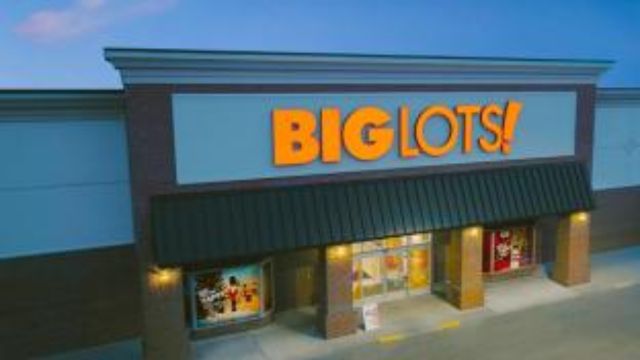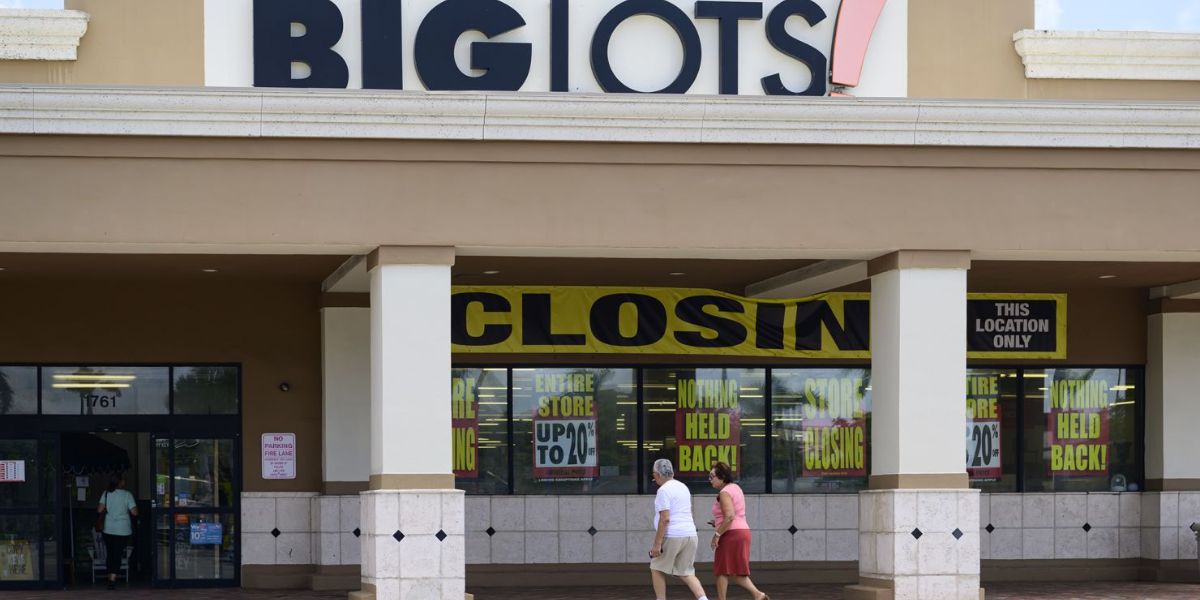MJP –
In a significant move that has sent shockwaves across California’s retail landscape, Big Lots has announced the closure of more than 50 stores throughout the state.
The decision comes as part of the company’s broader restructuring plan aimed at improving profitability and adapting to shifting consumer habits.
For California, a state that houses a large number of Big Lots locations, the closures represent a substantial impact on both the retail job market and the communities that rely on the discount chain for affordable household items.
Why Big Lots Is Closing Stores
Big Lots, known for its wide range of discounted products from furniture to groceries, has struggled in recent years to maintain profitability in an increasingly competitive retail environment. With the rise of e-commerce giants like Amazon and the expansion of other big-box stores, the company has faced shrinking foot traffic and declining sales in key markets.

The closures in California are part of a nationwide strategy to shutter underperforming locations and refocus resources on more profitable stores.
In its latest earnings report, the company pointed to higher operating costs, particularly in states with higher labor expenses, as a major factor behind the decision.
SEE MORE –
Dangerous Hike! Big Lots Announces Potentially Over 300 Store Closures Across the U.S.
California, with its higher-than-average wages and real estate costs, was identified as a region where many stores were not meeting performance expectations. As a result, over 50 Big Lots locations across the state will close their doors by the end of the year.
Impact on California Communities
The closure of these stores will have a significant impact on both employees and customers. Many of the stores set to close are located in smaller cities and suburban areas where Big Lots is one of the few affordable retail options. These communities, often underserved by larger retailers, rely on stores like Big Lots for access to discounted goods.
For employees, the news is particularly devastating. The closures will result in the loss of hundreds of jobs, including sales associates, store managers, and support staff. While the company has stated that it will attempt to relocate some employees to nearby stores, the sheer volume of closures means that many workers may find themselves without a job.
Customers, too, will feel the effects of the closures. Many loyal shoppers turn to Big Lots for budget-friendly items, especially in areas where other discount retailers are scarce. With the closure of so many stores, some residents may need to travel further to find affordable shopping options or turn to online alternatives.
What’s Next for Big Lots?
While the closures in California are a setback, Big Lots executives have expressed optimism about the company’s future. They have emphasized plans to invest in e-commerce and enhance the shopping experience in remaining stores.
By consolidating their operations, the company aims to create a leaner, more efficient business model that can compete in the modern retail environment.
Big Lots also plans to focus on expanding its e-commerce platform, recognizing the growing trend of online shopping. In-store pickup and same-day delivery services are areas where the company hopes to gain an edge. This shift, however, will require significant investment and a transformation of the company’s logistical capabilities.
A Changing Retail Landscape
The closure of over 50 Big Lots stores in California is part of a larger trend affecting brick-and-mortar retailers across the country.
As consumers increasingly turn to online shopping, traditional retailers are facing unprecedented pressure to adapt or risk becoming obsolete. For companies like Big Lots, the challenge is finding a balance between maintaining physical stores and investing in digital growth.
While this restructuring may ultimately help Big Lots stabilize its business, it leaves many California communities with fewer retail options and families without jobs. The closures serve as a reminder of the rapidly changing nature of retail and the difficulties that many long-standing companies face in staying competitive.
Conclusion
Big Lots’ decision to close over 50 stores in California is a significant moment for the state’s retail sector. For the communities that rely on these stores, the impact will be deeply felt.
As the company navigates its way through this challenging period, only time will tell if its strategy to cut costs and focus on e-commerce will be enough to ensure long-term survival in a rapidly evolving industry.




